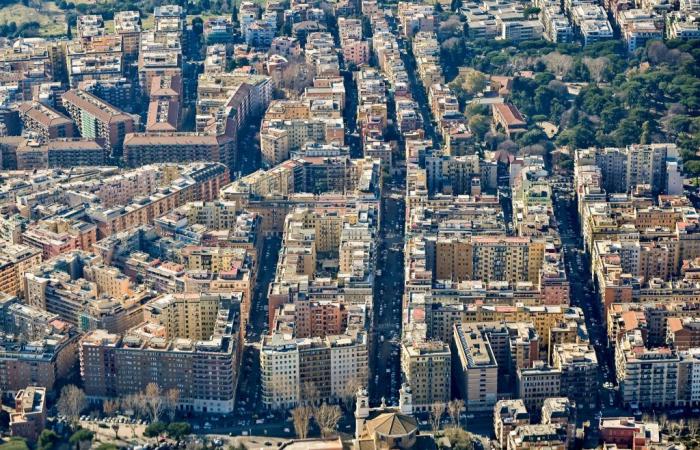Many families looking for one home they were waiting for the company’s first rate cut European Central Bank to do the math well: understand what effects there would be on the mortgages offered by the banks and, consequently, define the maximum price of the house they could afford. The expected reduction in the cost of borrowing arrived last week, when Christine Lagardepresident of the central bank, announced a reduction of 25 basis points in the rate that the ECB applies to private banks, which fell from 4.50 to 4.25%.
The indications arrived yesterday from the monthly report of theItalian Banking Association However, they seem to invite us not to have too many illusions: the ECB effect on mortgages has largely already occurred. In May, according to the ABI findings, the average rate of new mortgages fell to 3.61%slightly down compared to 3.67% in April and sharply down when compared to 4.42% at the end of 2023.
Who knows if it will be enough to breathe new life into the Italian real estate market, currently semi-paralysed because it is caught between the highest rates of the last decade and house prices which remain at very high levels. A few days ago theRevenue Agency has published the new edition of his Real Estate Market Observatory, the most timely report on home sales in Italy. The data confirms that the start of the year was very negative.
Home purchases were 154,770, down by 7.2% compared to the first three months of 2023: no area of the country was saved. The North, which accounts for more than half of the total sales, fared worse than the rest of Italy, with a drop in sales of 8.5% in the North West and 9.3% in the North East. Even the most dynamic centers are in difficulty: in Milan sales dropped by 13.2% compared to the previous year, the worst figure among the big cities (the best is oil -1.8% in Bologna). Around 70% of purchases concerned first homes, and therefore involved families looking for a home to live in.
But to buy a house, when you don’t have large assets, you need to get a mortgage and the increase in rates has obviously discouraged many families. The share of home purchases financed with a mortgage loan was still less than 40% in the first quarter (precisely 38.6%): families obtained mortgages for 7.2 billion euros (1.5 billion less than in the first quarter of the previous year), with an average rate of 3.98% . Numbers that arrive after a 2023 in which, according to the findings of the credit information company Crif, the overall demand for mortgages fell by 17.2%.
If it was conceivable that the increase in the overall cost of mortgages would have forced owners and builders to reduce prices to give greater hope of success to sales, it has not yet happened. Istat has calculated that i average house prices, unlike what happened in Europe, remained stable in the last quarter of 2023 with an increase of 1.8% compared to a year ago. Rents have also become more expensive, confirms the Revenue Agency: the new contracts signed in the first quarter saw an increase in the overall annual rent of 3.5% compared to the previous year at a national level (1,482 million, i.e. 6,488 euro per dwelling) with a growth of almost 10% (+9.8%) in the case of Milan, where the average annual rent for new rental contracts is just under 13,200 euros.





